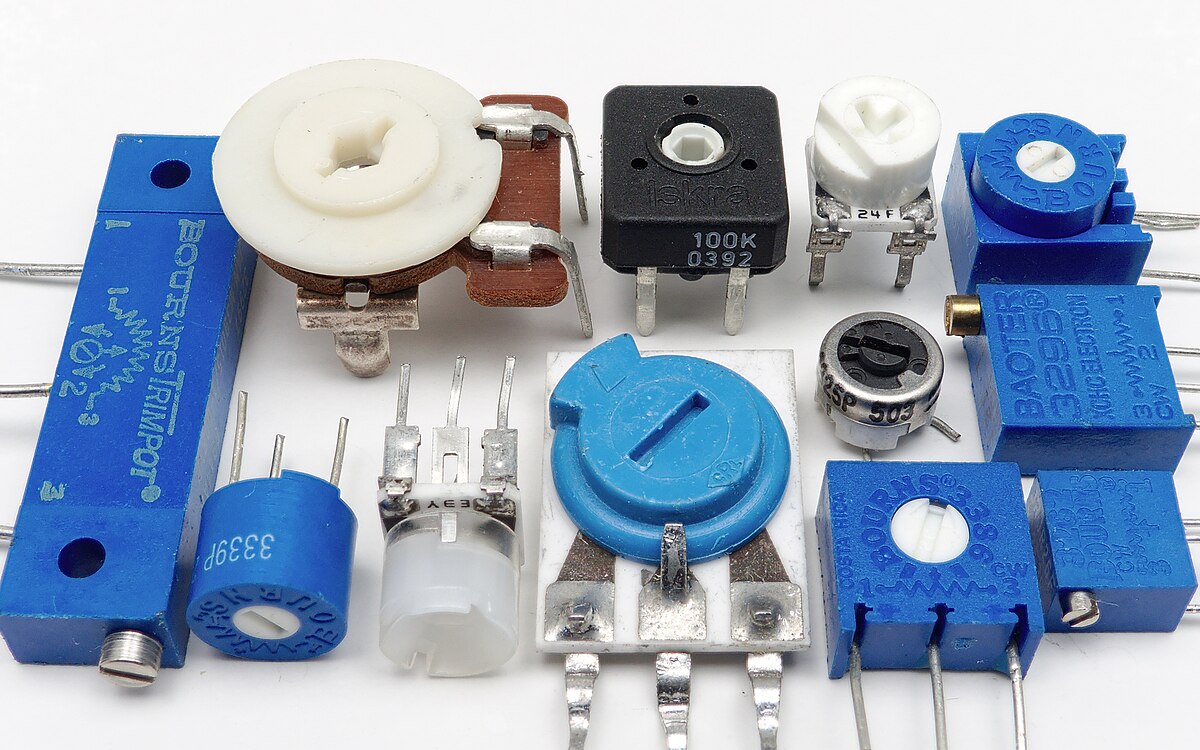
OLYMPUS DIGITAL CAMERA
Electronic components are the building blocks of modern technology, powering everything from smartphones to spacecraft. Behind their functionality lies a wide array of materials carefully selected for their unique properties. In this article, we will delve into the world of electronic components and explore the materials that make them tick.
- Semiconductors:
Semiconductors form the backbone of electronic devices, enabling the control and manipulation of electrical currents. Silicon, the most widely used semiconductor material, offers excellent electrical properties and is abundant in nature. Other semiconductors like germanium, gallium arsenide, and silicon carbide find applications in specialized electronic components such as high-frequency devices and power electronics. - Conductors:
Conductors facilitate the flow of electricity within electronic circuits. Copper is the go-to choice for most conductive applications due to its high conductivity, affordability, and ease of fabrication. Silver, with its superior conductivity, is used in high-performance applications where cost is less of a concern. Gold, although expensive, is prized for its corrosion resistance and is commonly used in connectors and contacts. - Insulators:
Insulators are materials that impede the flow of electricity and provide electrical isolation. One of the most widely used insulating materials is plastic, specifically polyethylene and polypropylene. These materials offer excellent dielectric properties and are used in cables, connectors, and circuit boards. Other insulators like ceramics, glass, and rubber find applications in specific electronic components based on their unique properties. - Magnetic Materials:
Magnetic materials play a crucial role in devices such as transformers, inductors, and magnetic storage media. Soft magnetic materials, such as iron, nickel, and cobalt alloys, exhibit high magnetic permeability and are used in transformers and inductors to efficiently transfer energy. Hard magnetic materials, like neodymium magnets, retain their magnetization and are used in applications requiring strong permanent magnets. - Dielectric Materials:
Dielectric materials are used in capacitors to store and release electrical energy. Common dielectrics include ceramic materials like ceramic capacitors, tantalum capacitors, and aluminum electrolytic capacitors. These materials offer high capacitance, stability, and reliability. Polymer-based dielectrics, such as polypropylene and polyester films, are used in film capacitors for their excellent electrical properties. - Substrates and Encapsulation Materials:
Substrates and encapsulation materials provide mechanical support and protection for electronic components. Printed circuit boards (PCBs) are typically made of fiberglass-reinforced epoxy laminates, offering excellent electrical insulation and mechanical strength. Encapsulation materials, such as epoxy resins and silicone, protect sensitive components from environmental factors like moisture, dust, and vibrations.
Conclusion:
The world of electronic components is a fascinating blend of materials carefully chosen to meet specific requirements. From semiconductors and conductors to insulators and dielectrics, each material plays a crucial role in the functionality and performance of electronic devices. By understanding the diverse materials used in electronic components, we gain a deeper appreciation for the intricate engineering behind the technology that shapes our lives.

